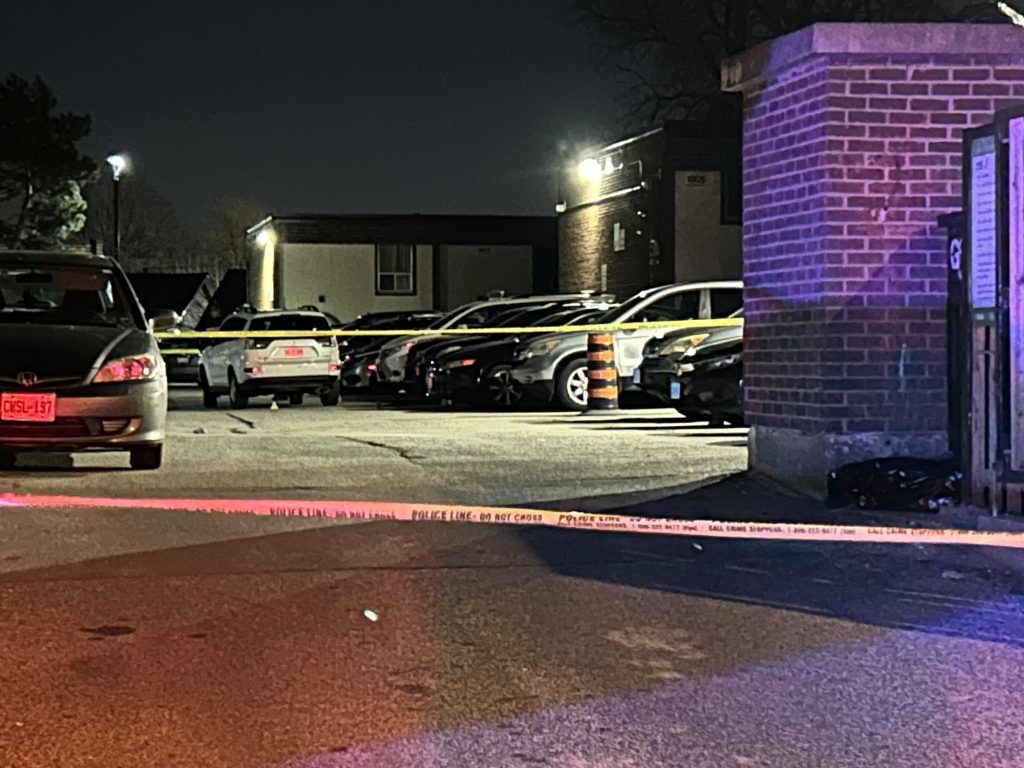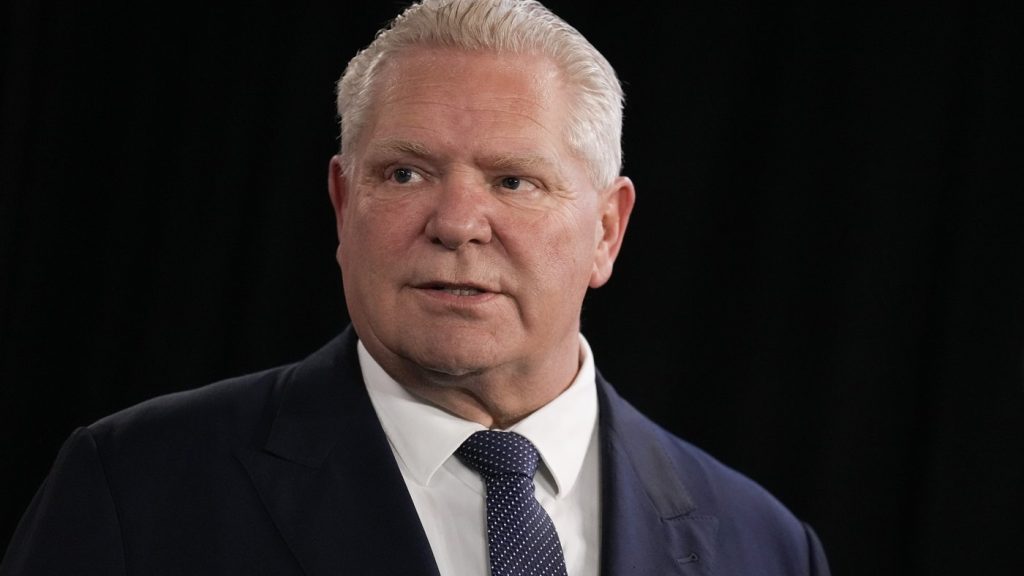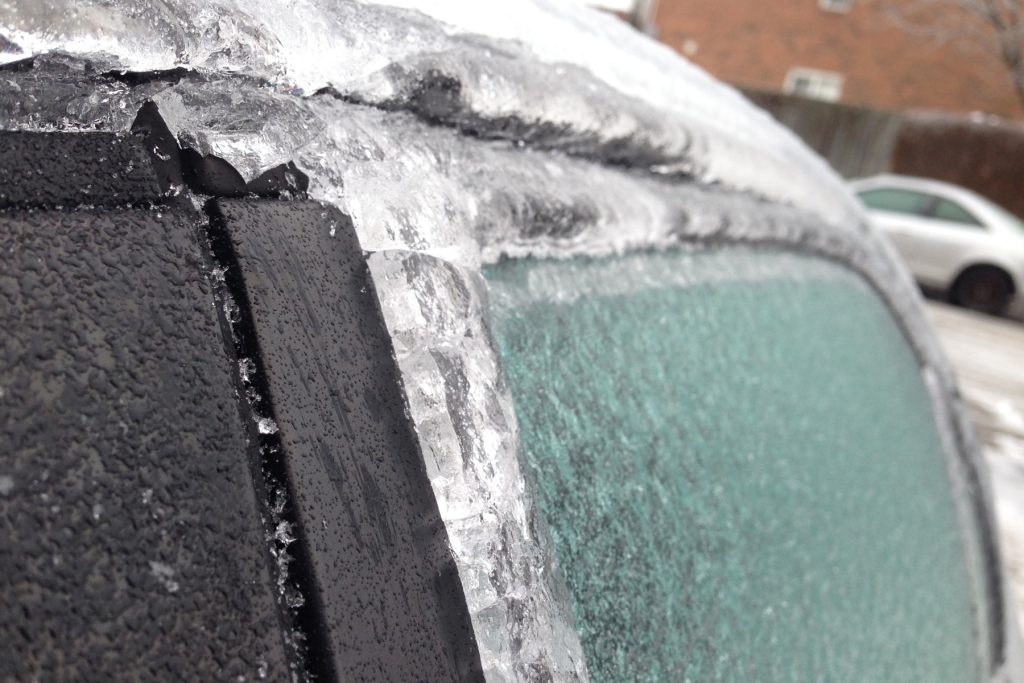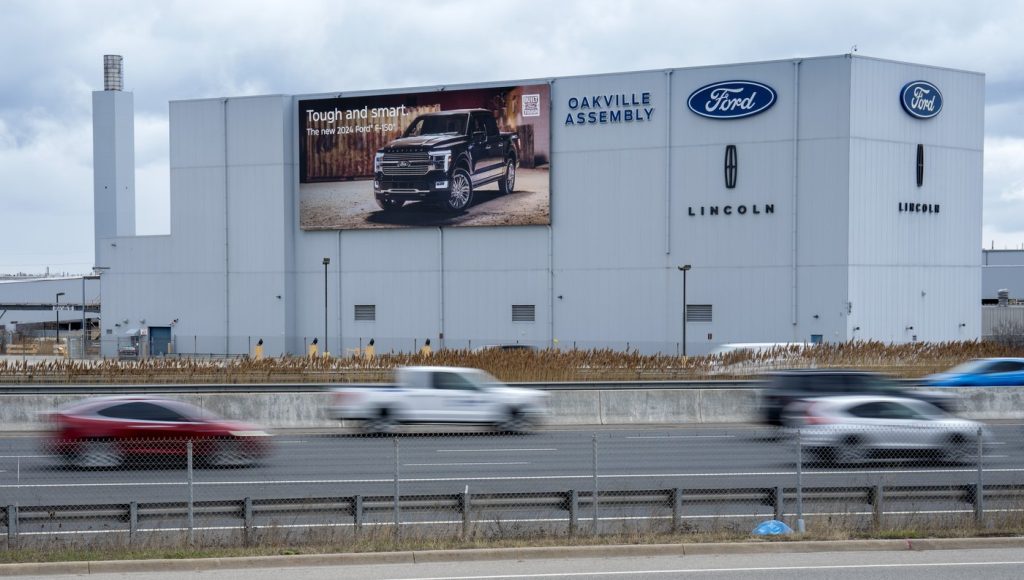Blue Jays boost farm system by selecting Trey Yesavage 20th overall in MLB Draft
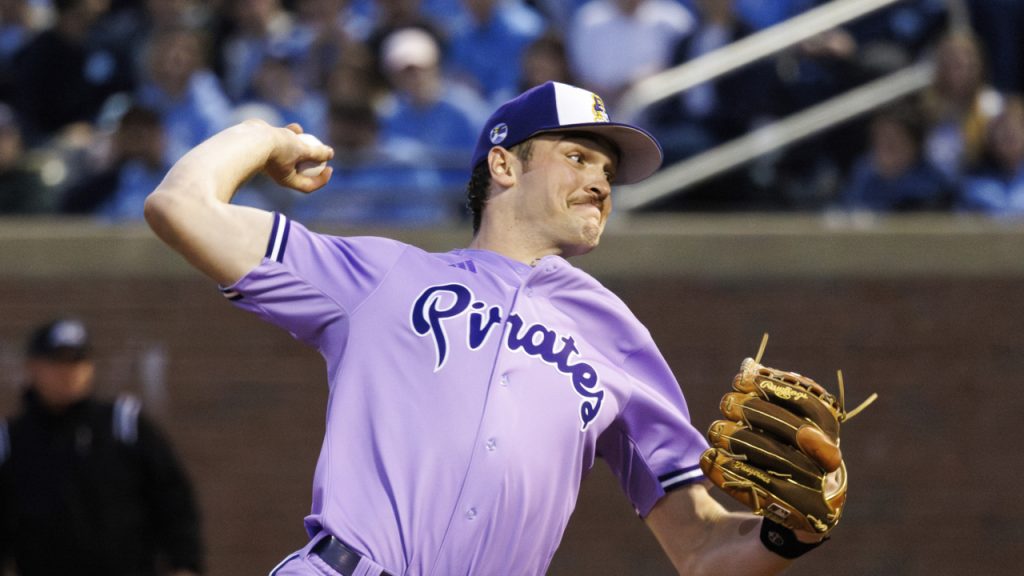
Posted July 15, 2024 5:24 am.
Mystery surrounded the status of East Carolina ace Trey Yesavage in the leadup to the American Athletic Conference tournament. Was he hurt? Would he be able to pitch? Cliff Godwin revealed on May 22 that he’d suffered a partially collapsed lung. The coach said he was going to be fine, but the ACC was out.
Nine days later, though, Yesavage was ready to go in the NCAA Regionals, and with his team’s season on the line, he threw 7.1 innings of one-hit, one-run ball in what finished as a 7-6, walk-off win over Wake Forest. Two days later, East Carolina’s season ended, making the gutsy performance his last for the Pirates, further padding his resume for the draft.
Various projections had him going in the top 15, but when he was sitting there at No. 20 for the Toronto Blue Jays, amateur scouting director Shane Farrell didn’t hesitate. The team believes the soon-to-be 21-year-old — his birthday is July 28 — has the ingredients needed to remain a starter and the plan is to keep him working on his current track.
Farrell said the Blue Jays were “not surprised” that he reached them but were “certainly prepared,” having watched him closely the past two years.
Whether the punctured lung deterred some teams from taking him earlier isn’t certain, but “it didn’t really factor into the decision-making at all,” said Farrell. “As part of his routine and normal recovery prep, there was a small incident where he ended up missing a start and came back and pitched shortly thereafter. So, no issues coming back from that.”
As an advanced collegiate arm who this season posted a 2.03 ERA in 93.1 innings over 15 starts, striking out an eye-popping 145 against just 32 walks, he’s a boost for a system badly in need of one.
Per Baseball America’s scouting report, Yesavage features a fastball that sits 94 and has touched 98 m.p.h., with a “firm mid-80s slider, a power curveball in the low 80s and a low-80s (splitter) he deploys more against left-handed hitters.”
The Blue Jays feel “both the slider and the splitter” are his key secondary offerings and trust his strike-throwing. Bringing the entire package together “is that from his release height and his slot, he tunnels his pitches extremely well and there’s some added deception to his mix,” Farrell added.
The Blue Jays have a signing bonus pool of $8,987,000, the 23rd largest among big-league teams, to work with this season. Of that total, $4,073,400 is designated to the No. 20 spot while their second-round pick, No. 59, has an assigned value of $1,489,000.
Boosting the overall total is their compensation pick (136th overall, between rounds four and five) for Matt Chapman’s departure as a free agent, valued at $515,100.
The stakes for the Blue Jays in this year’s draft, particularly their first two picks, can’t be understated after a 44-52 first half, much of the core on the verge of timing out and a farm system ill-equipped to help turn over the roster.
In turn, that’s intensified the focus on the club’s lack of recent success in the draft, especially in the first round.
Since 2015, when the Blue Jays selected Jon Harris, who never made the majors, 29th overall, Alek Manoah in 2019 is the club’s only positive bWAR player, at 7.5. Manoah, Nate Pearson and the picks from the last two drafts, Brandon Barriera and Arjun Nimmala, are the only picks among the 10 first-rounders still in the organization.
Sunday’s two selections represented the best chance to land a player that changes the organization’s trajectory, as 252 of the 715 players on opening day rosters to come through the draft — 35 per cent — were chosen among the first 60 picks.
